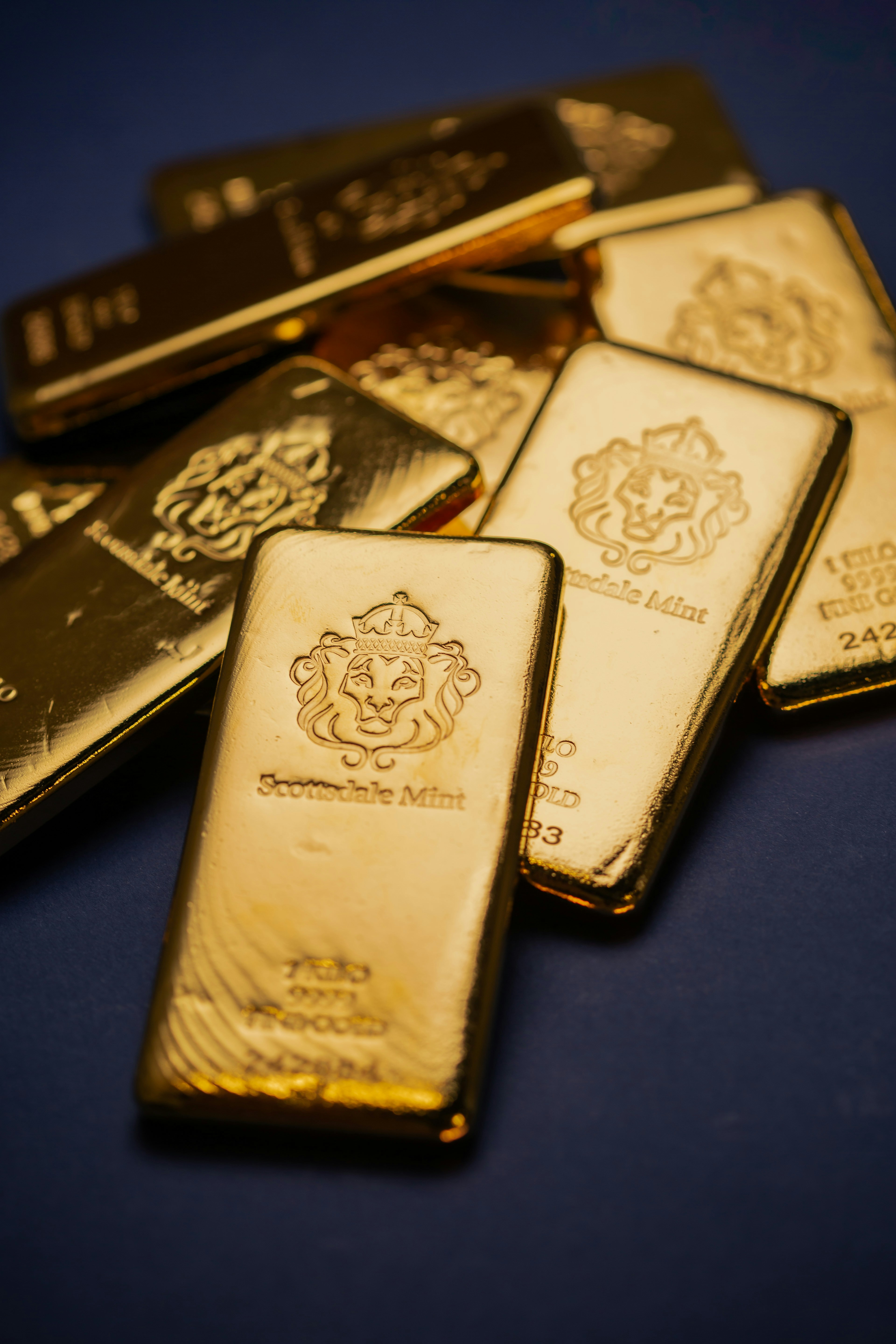Test- FTSE 100 Kicks Off August on a High as BP and Senior Lead Market Momentum
$11
10 Oct 2025, 13:13

Unsplash.com

Over the past few years, central banks have been purchasing gold in large and active quantities. This week, UBS released research that emphasised central banks' ongoing interest in gold. The analysis emphasised the metal's benefits as an inflation hedge, a diversifier during volatile markets, and a reliable asset during uncertain economic times.
Following the conflict in Ukraine and the embargo on around $300 billion in Russian foreign assets, central banks—especially those in smaller nations that are more susceptible to Western sanctions—have raised their gold reserves.
Although the dollar-based status quo is not immediately threatened by this trend, it does indicate a change in the view of central bank sovereignty and strengthens the case for reform in the global financial system.
Approximately 37,000 metric tonnes, or 16.7% of all central bank foreign exchange reserves, were held in gold as of the end of 2023. Developed nations, led by the United States, Germany, Italy, and France, possess the greatest reserves.
However, according to UBS strategists, emerging markets are quickly amassing gold, with China and Russia leading the way.
These acquisitions are part of a larger effort to diversify assets and lessen dependency on key currencies including the British pound, US dollar, euro, and Japanese yen.
The sensitive nature of reserve declarations and the probable underreporting of gold acquisitions by sovereign wealth funds are highlighted by differences in reported gold purchases between the International Monetary Fund (IMF) and other sources, such as Metals Focus.
It appears from historical trends that central bank policies can have a big impact on gold prices. The modern market is more liquid and diversified than it was in the middle of the 1960s when central banks traded gold to uphold the gold standard.
UBS continues to have a bullish view on gold, citing demand from central banks, geopolitical unrest, rising inflation, and perhaps falling US interest rates as contributing reasons.
According to UBS, there are several variables that are supporting the gold market, including rising inflation, geopolitical concerns, central bank demand, and perhaps falling US interest rates.
A 5% allocation to gold in a USD-based balanced portfolio is advised for individual investors by the Swiss brokerage business, which projects gold prices to hit $2,600 per ounce by year's end and $2,700 per ounce by mid-2025.
(Sources: investing.com, reuters.com)